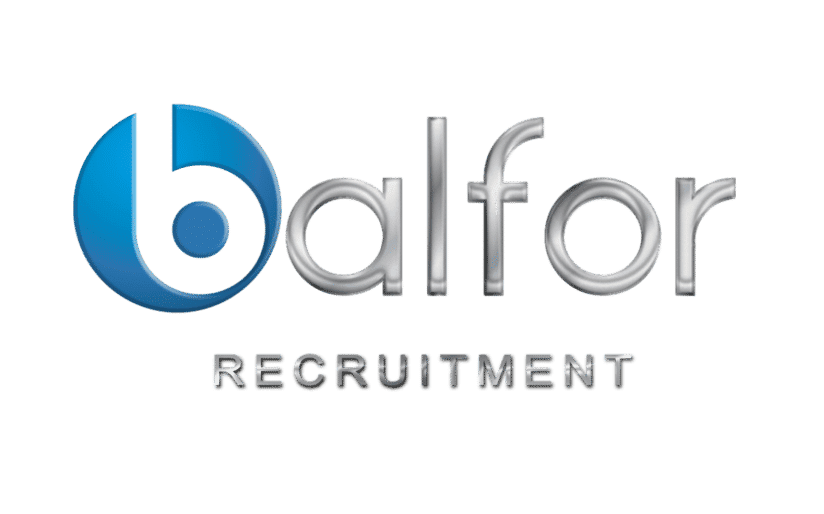Why Embracing Neurodiversity in the Workplace is Important
[vc_row type=”in_container” full_screen_row_position=”middle” scene_position=”center” text_color=”dark” text_align=”left” overlay_strength=”0.3″ shape_divider_position=”bottom”][vc_column column_padding=”no-extra-padding” column_padding_position=”all” background_color_opacity=”1″ background_hover_color_opacity=”1″ column_shadow=”none” column_border_radius=”none” width=”1/1″ tablet_text_alignment=”default” phone_text_alignment=”default” column_border_width=”none” column_border_style=”solid”][vc_column_text]
Companies are beginning to change their views on neurodivergence.
Neurodiversity is best described as the ‘range of differences in individual brain function and behavioural traits’.
Well-known examples of neurodiversity are ADHD, Autism, Dyspraxia, Dyslexia and Tourette’s syndrome.
This article will help explain more of what neurodiversity is and why it should be embraced in the workplace.
Neurodiversity:
The term was created in 1997, by a sociologist called Judy Singer – who was autistic herself.
Put simply, there are two categories of people:
- Neurotypical
- Neurodivergent
The first, neurotypical, refers to an individual who has societally accepted brain functions, behaviours and processing – which is considered the ‘norm’.
Whereas the second, neurodivergent, refers to those whose brain functions differently than what is considered typical.
There are different types of neurodivergence;
- Autism: Cases vary from mild to severe and include a range of conditions; challenges in social settings, repetitive behaviours and speech difficulties. However, people with autism often pay great attention to detail, strong focus skills and creativity.
- ADHD: An individual with ADHD might struggle with managing their thoughts, a short attention span and dealing with their emotions. Yet, they’re recognised for being great problem solvers and often energetic.
- Dyslexia: Mainly affects speaking, reading, and writing. The condition can be much more complex than just struggling to read and write. Those with dyslexia often have great spatial awareness and creativity.
- Other Types: Tourette’s, dyspraxia, synesthesia, dyscalculia, Down syndrome, epilepsy, and mental health illnesses such as bipolar disorder, OCD and borderline personality disorder.
Embracing Neurodiversity in the Workplace:
Out of every eight people, at least one person will identify as neurodivergent – as well as many cases remaining undiagnosed.
This statistic helps show exactly why our workplaces should be more accommodating to their neurodivergent employees.
How To Help Break The Barrier:
Before Hiring:
- Don’t let spelling or numerical mistakes in a CV put you off from employing a potential candidate. This person could have dyslexia, dyscalculia, or dysgraphia.
- Whilst interviewing, make sure to have a distraction-free room set up. Or, you could even have a remote interview over Zoom or Skye. Some workplaces have removed interviews entirely and replaced them with trial shifts.
- Try not to judge if an interviewee is fidgeting a lot or avoiding eye contact, which are common traits of a neurodivergent person.
Inside The Office:
- Have quiet rooms available for your employees to work in.
- Avoid using bright lights, as neurodivergent people have heightened sensitivity.
- Having more plants in your workplace promotes a calmer environment.
Policy Making:
- Clear communication is key; communicating both verbally and written helps prevent any confusion.
- Allowing employees to use headphones is a good start, as offices can be quite distracting.
- Comfortable uniform should be promoted, especially if the job doesn’t require direct contact with customers.
- Allow employees to take breaks when needed.
Neurodivergent employees may struggle in some areas but their strengths are great and can add a competitive advantage if developed.
Companies should focus on improving these strengths, which is highly beneficial to both parties.
And finally, raising your team’s awareness of neurodivergence is a step in the right direction. Many line managers and HR staff are now enforcing meetings and workshops, to educate their employees.
If you would be interested in any new job opportunities in healthcare or education, make sure to apply here: https://balfor.co.uk/jobs/
Call us now at 0121 260 0000 or email [email protected].
Never miss an announcement by following our social media pages! You can find us on Instagram, Twitter, Facebook, LinkedIn, YouTube and TikTok.[/vc_column_text][/vc_column][/vc_row][vc_row type=”in_container” full_screen_row_position=”middle” scene_position=”center” text_color=”dark” text_align=”left” overlay_strength=”0.3″ shape_divider_position=”bottom”][vc_column column_padding=”no-extra-padding” column_padding_position=”all” background_color_opacity=”1″ background_hover_color_opacity=”1″ column_shadow=”none” column_border_radius=”none” width=”1/1″ tablet_text_alignment=”default” phone_text_alignment=”default” column_border_width=”none” column_border_style=”solid”][nectar_btn size=”large” open_new_tab=”true” button_style=”regular” button_color_2=”Accent-Color” icon_family=”none” url=”https://balfor.co.uk/jobs/” text=”Apply Now!”][/vc_column][/vc_row]
